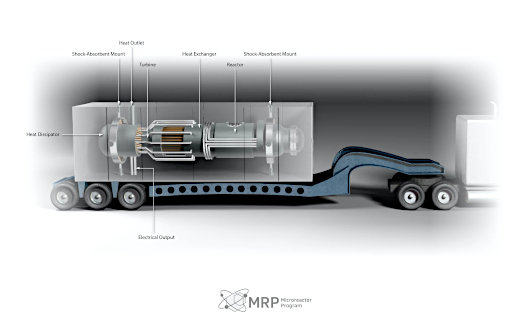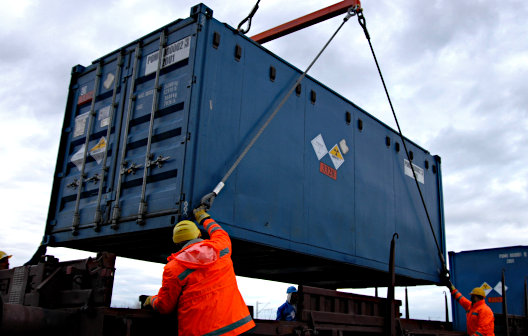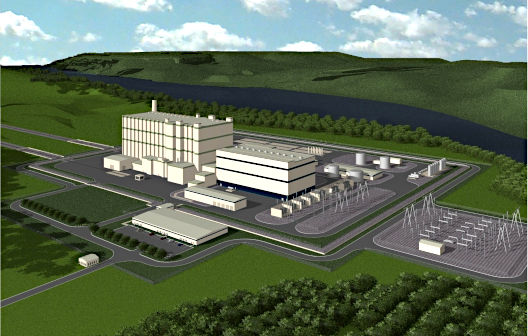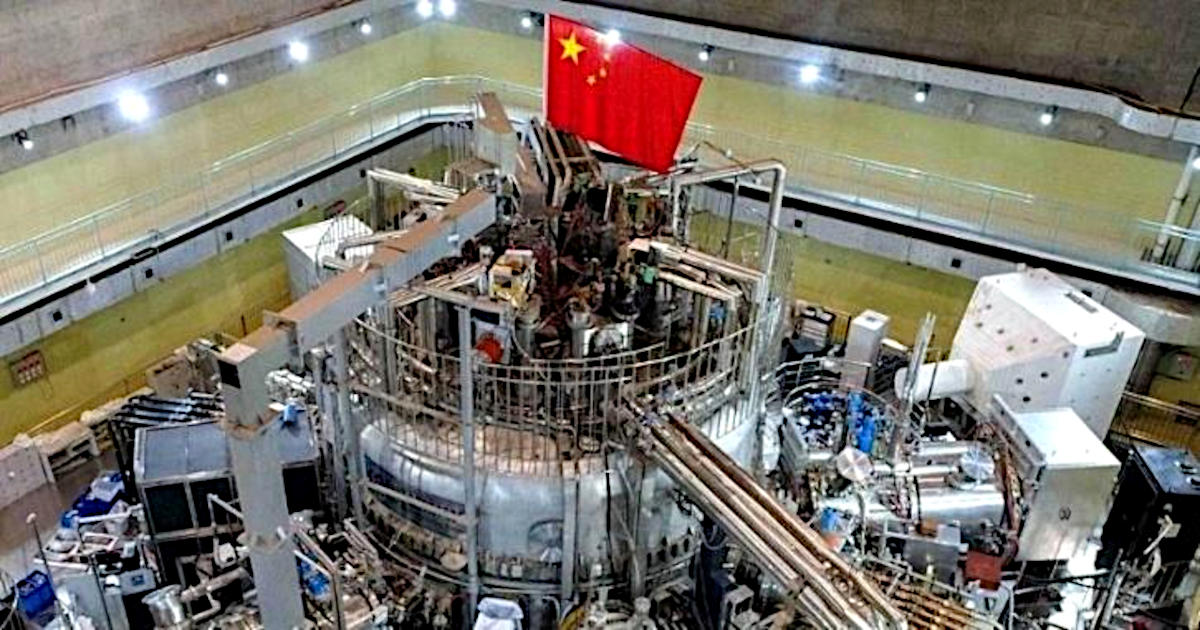Image Credit: Homeland Security Newswire
Chinese Thorium Power Plant May Challenge Nuclear Expectations
The nuclear energy industry has recently unveiled tremendous new potential and expects many more positive changes. From nuclear batteries, to natrium salt reactors, to modular units, the high output and low to no carbon appeal of nuclear has again put uranium fueled solutions at the forefront of many energy discussions. Investors are also finding different ways to benefit from the nuclear renaissance and increased fuel demand. Whether it be through investing in mining companies, derivative-based funds, or even physical delivery, there’s excitement and speculation around anticipated growth. But what if Warren Buffett, Bill Gates, Eric Sprott and others are right about a nuclear future but wrong about what will fuel it?
One of the many nuclear variations being built and trialed is ready to go online. This plant may completely alter the expected course many now have for nuclear power — and it may not include uranium.
New Fuel, New Options
One typically doesn’t build a nuclear-fired power plant in the desert. Water used as a coolant has always been an important component. However, in a province called Wuwei in the Gobi Desert, the Chinese are in the testing stage of an experimental reactor. This nuclear reactor will use thorium as fuel. Thorium also needs a companion metal to react with; this could either be spent plutonium or uranium. The technology on which the plant was designed has been known since the sixties. China could soon be in the position to benefit from this abundant alternative fuel.
What is Thorium?
Thorium is a radioactive metal that presents itself naturally in rocks. At the moment, it isn’t used for much. However, thorium is a by-product of mining rare earth minerals. Mining rare earth minerals is being done across the globe with increased capacity to satisfy the world’s appetite for clean energy storage. This makes thorium increasingly available.
Compared to the cost, efficiency, and availability of uranium, thorium has some advantages. According to the Nobel Prize winner in Physics (1984), Carlo Rubbia, the comparison of the energy produced by one tonne of thorium fission would be equivalent to about 200 tonnes of uranium. Since 7 grams of uranium is equivalent to about one tonne of coal, one tonne of thorium would replace about 28 million tonnes of coal. The ability to reduce carbon-emitting coal use is only the beginning of the benefits foreseen.
One tonne of thorium is a sphere just shy of 22 inches in diameter. A smaller sphere of thorium the size of a tennis ball could electrify London’s nine million homes and businesses for a week. The earth’s thorium reserves could be expected to supply the planet’s energy needs for tens of thousands of years.
As far as contamination and waste, thorium plants have the potential to generate a much smaller amount of shorter-life radioactive waste than reactors now in use. The waste volume is estimated to be 1/35 for the same energy output. Because of a shorter half-life, of the spent thorium, compared to spent uranium, 99.99% of the waste would be stable in 300 years, rather than tens of thousands for U235.
About the Reactors
The process of the reactor is different than traditional power stations, so new plants from the ground up are needed to use thorium; they are not interchangeable. Much like the natrium reactor demonstration project to be built in Wyoming, the cooling process can be salt-based and therefore avoid the need to be near a body of water. According to Nature.com, the Chinese reactor will use fluoride-based salts. These will melt into a transparent liquid when heated to around 840 degrees (Fahrenheit). This salt serves as the coolant as well as the storer of heat energy for the reactor core. It allows the reactors can be installed in isolated and dry areas.
The Chinese pilot reactor is the first thorium molten salt reactor to operate since 1969. At that time, U.S. scientists shut down the first thorium reactor at the Oak Ridge National Lab in Tennessee after the program was canceled. The Chinese plant copied the Oak Ridge design but improved by drawing on decades of innovation in manufacturing, materials, and instrumentation.
Take-Away
The future is never certain. Innovation, competition, and new discoveries disrupt trends. The new thorium plant may pave the way for co-existing technologies to generate energy from uranium and other mineral reactions, just as fossil fuels (coal, oil, natural gas) co-exist and pull the weight for today’s energy needs.
If successful, the new plant ushers in an era where, for the first time in human history, electricity generation can be counted on for tens of thousands of years. This would be bullish for the human race and worth watching.
Suggested Reading:
 Nuclear Powers New Paradigm Includes Microreactors
|
 Can You Invest in Uranium Directly?
|
 How Does the Gates/Buffett Natrium Reactor Work?
|
 Recipe for Higher Uranium Prices
|
Sources:
https://www.nature.com/articles/d41586-021-02459-w
https://www.nature.com/articles/d41586-021-02459-w
https://world-nuclear.org/information-library/current-and-future-generation/thorium.aspx
https://vittana.org/16-big-thorium-reactor-pros-and-cons
https://www.homelandsecuritynewswire.com/chinas-nuclear-power-expansion-based-thorium
Stay up to date. Follow us:

|
